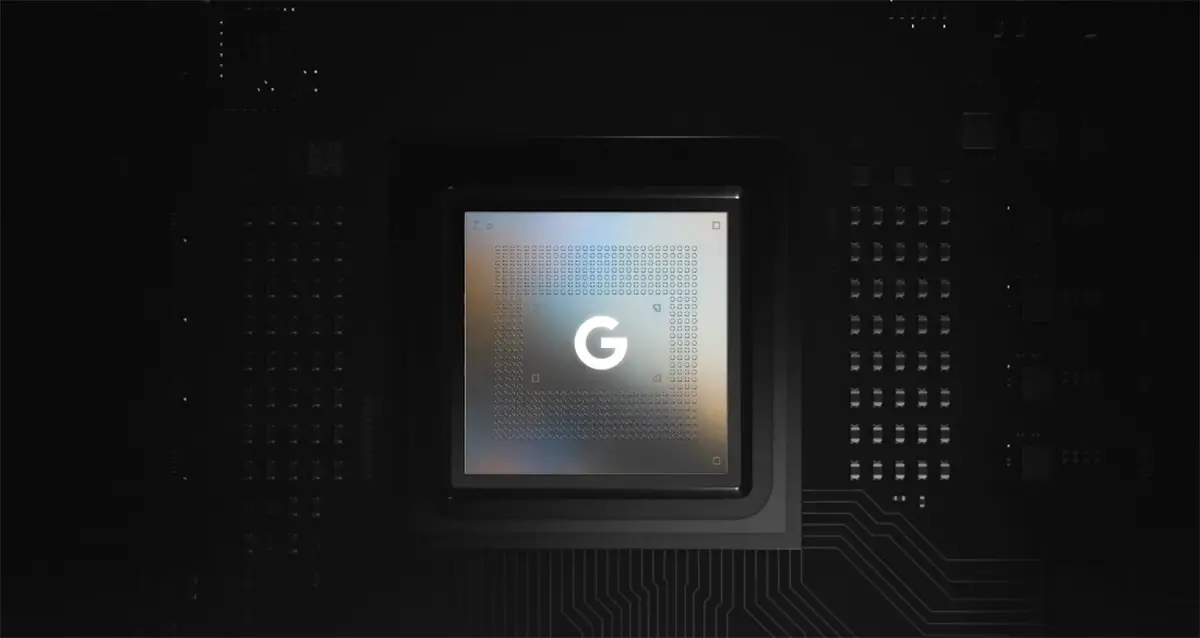
This year, Google will introduce the Tensor G4 to power its flagship Pixel 9 series. Early reports suggested that the Tensor G4 would be a modest upgrade over the Tensor G3, with no substantial performance enhancements. Instead, Google’s improvements are designed to meet the specific requirements of its system and devices, ensuring compatibility with its Pixel lineup.
According to Android Authority, the CPU component of the Tensor G4 employs a tri-cluster architecture of 1+3+4, comprising eight cores. The ultra-large core continues to use the Cortex-X4, clocked at 3.1 GHz. Additionally, there are four Cortex-A720 performance cores at 2.6 GHz and four Cortex-A520 efficiency cores at 1.95 GHz.
It is noteworthy that the Tensor G3’s CPU features a tri-cluster architecture of 1+4+4, totaling nine cores, incorporating a Cortex-X3 (2.9 GHz), Cortex-A715 (2.4 GHz), and Cortex-A510 (1.7 GHz) combination. Although the Tensor G4 upgrades to the latest Armv9.2 cores and increases frequencies, it reduces the number of cores. Current Geekbench scores indicate that the Tensor G4’s single-core performance is 11% higher than that of the Tensor G3, while multi-core performance is up by 3%, offsetting the performance loss from fewer cores by improving efficiency.
The GPU part of the Tensor G4 remains the same as the Tensor G3, utilizing the Mali-G715, but with an increased frequency from 890 MHz to 940 MHz. Another focal point is the 5G modem; the Tensor G4 is paired with the Exynos 5400, which supports satellite connectivity and enhances efficiency. Compared to the Exynos 5300 used in the Pixel 8 series, it reduces power consumption by 50%. It is also understood that Google will offer a Tensor G4 paired with the Exynos 5300 for the Pixel 9a model.
Previous reports indicated that the Tensor G4 adopted fan-out wafer-level packaging (FoWLP), but leaked shipping information suggests it still uses fan-out panel-level packaging (FOPLP).


